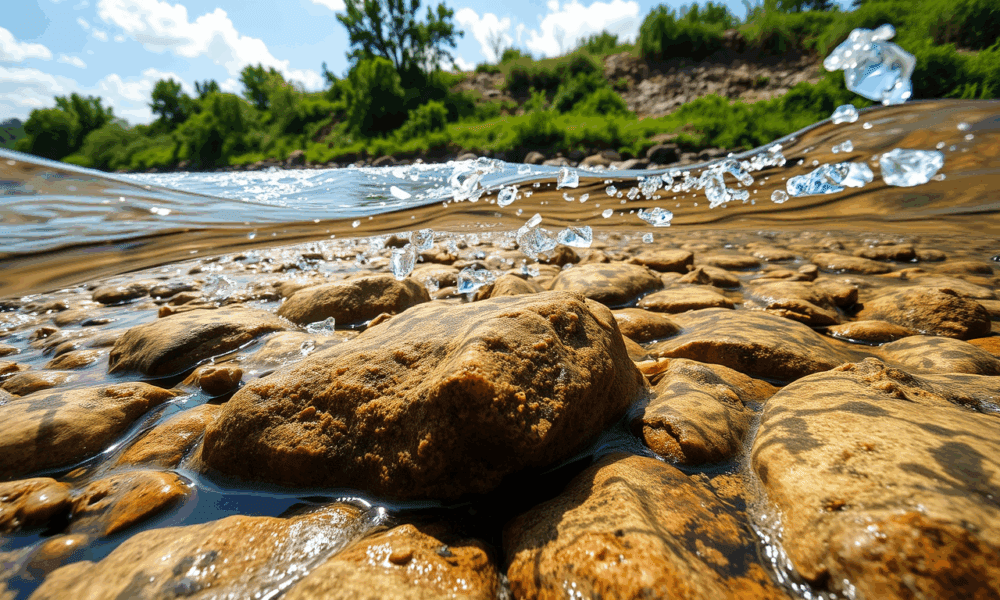
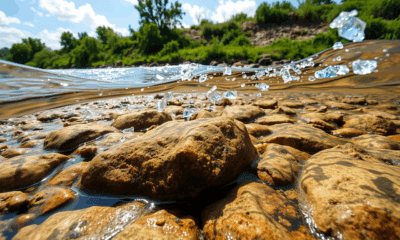

Where do microplastics really go after entering the environment? MIT researchers discovered that sticky biofilms naturally produced by bacteria play a surprising role in preventing microplastics...
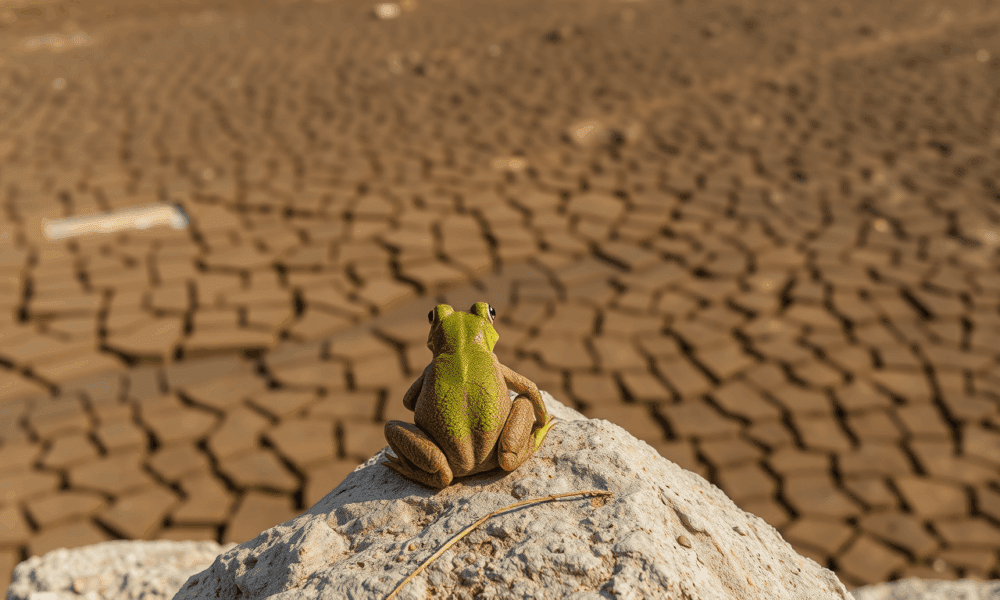
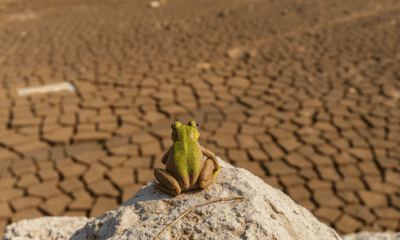

Frogs, salamanders, and other amphibians are not just battling habitat loss and pollution they're now also contending with increasingly brutal heat waves and droughts. A sweeping...
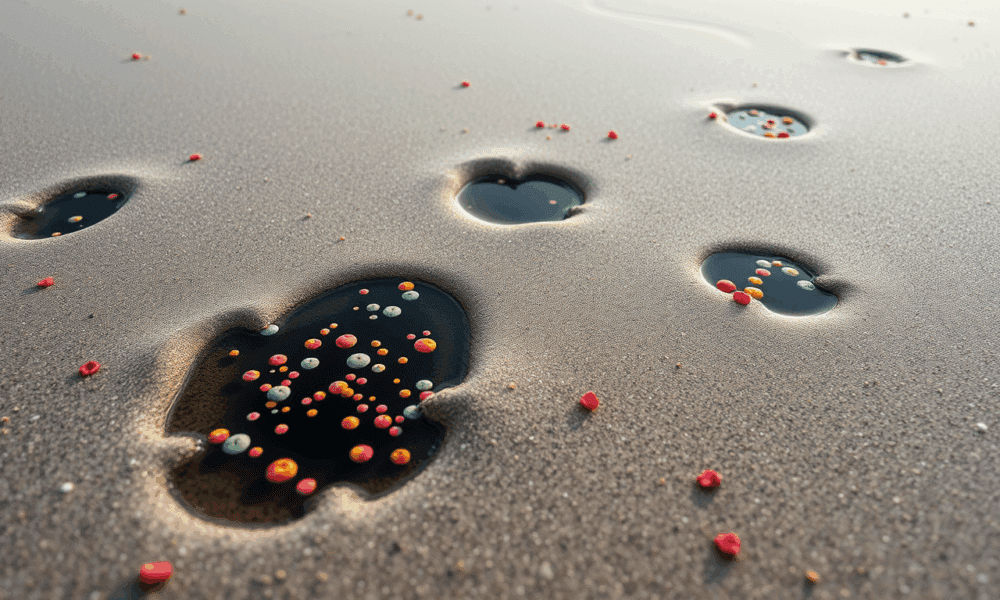
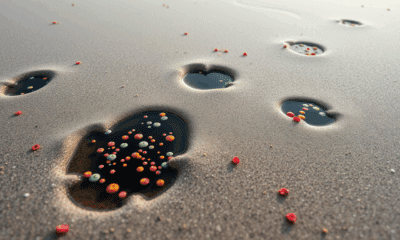

Some microbes living on sand grains use up all the oxygen around them. Their neighbors, left without oxygen, make the best of it: They use nitrate...
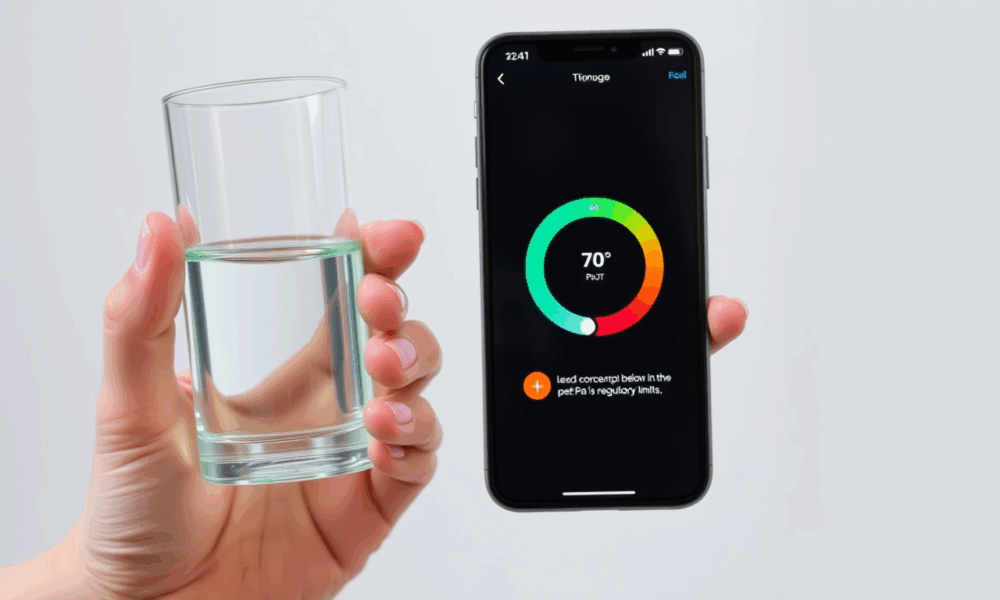


Lead contamination in municipal water sources is a consistent threat to public health. Ingesting even tiny amounts of lead can harm the human brain and nervous...
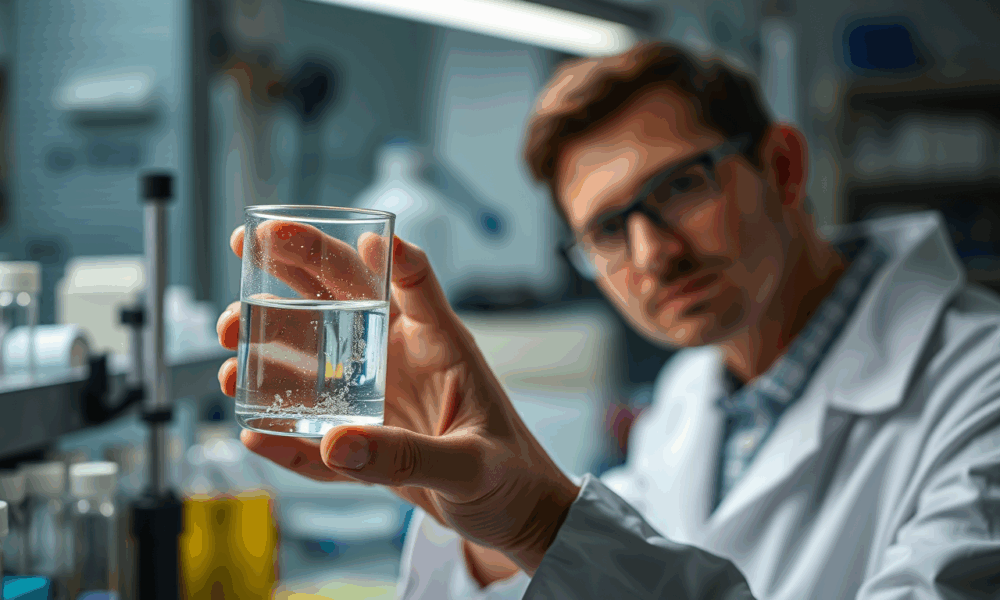
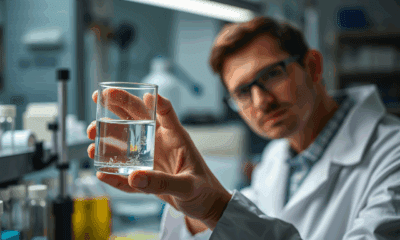

Researchers find that iron powder, an inexpensive alternative to activated carbon, does a better job at filtering PFOS from water -- it's 26 times more effective.
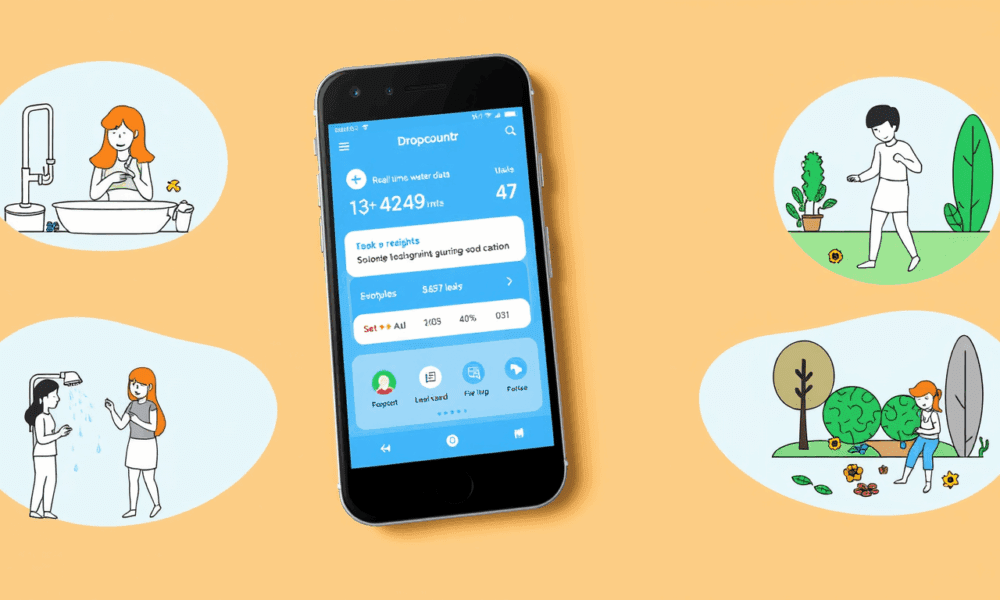


A new study has found that a smartphone app that tracks household water use and alerts users to leaks or excessive consumption offers a promising tool...
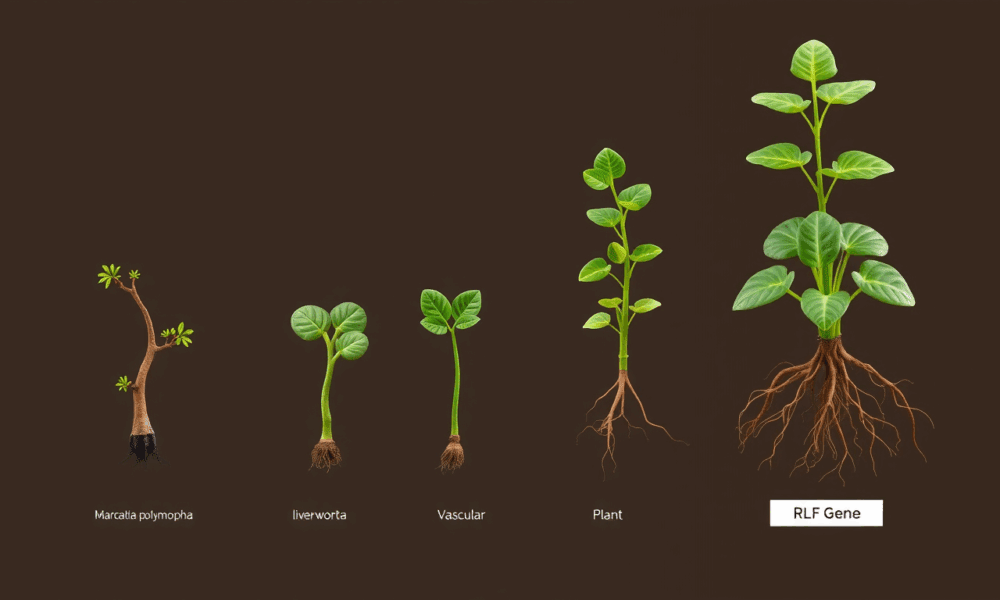
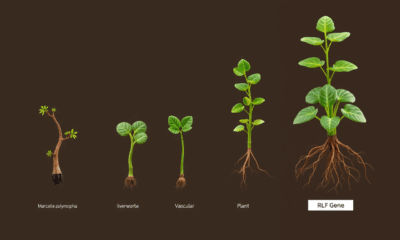

A gene that regulates the development of roots in vascular plants is also involved in the organ development of liverworts -- land plants so old they...
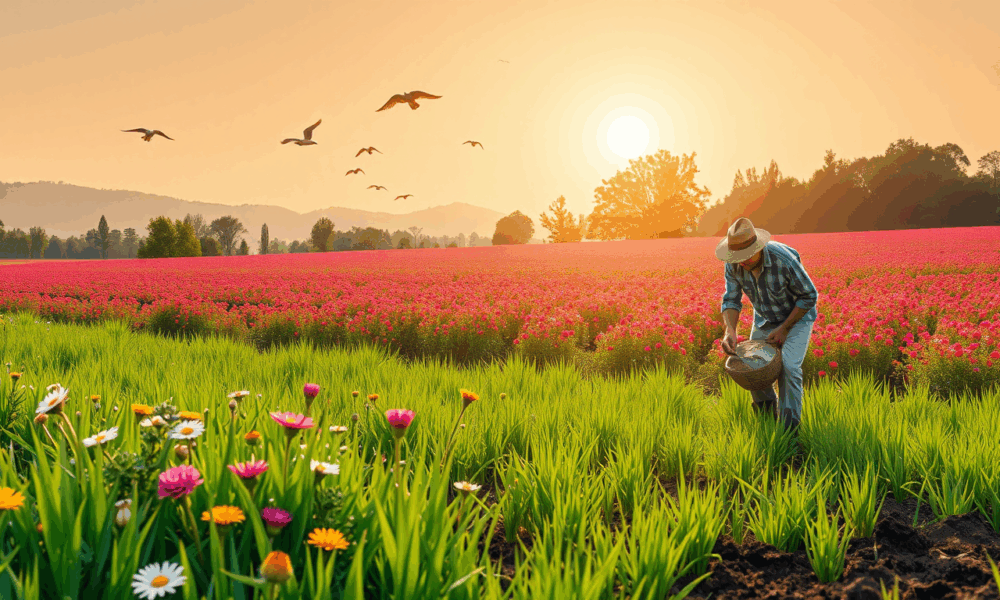


Fertilizer might be stronger than we thought. A new international study found that fertilizer can help plants survive short-term periods of extreme drought, findings which could...
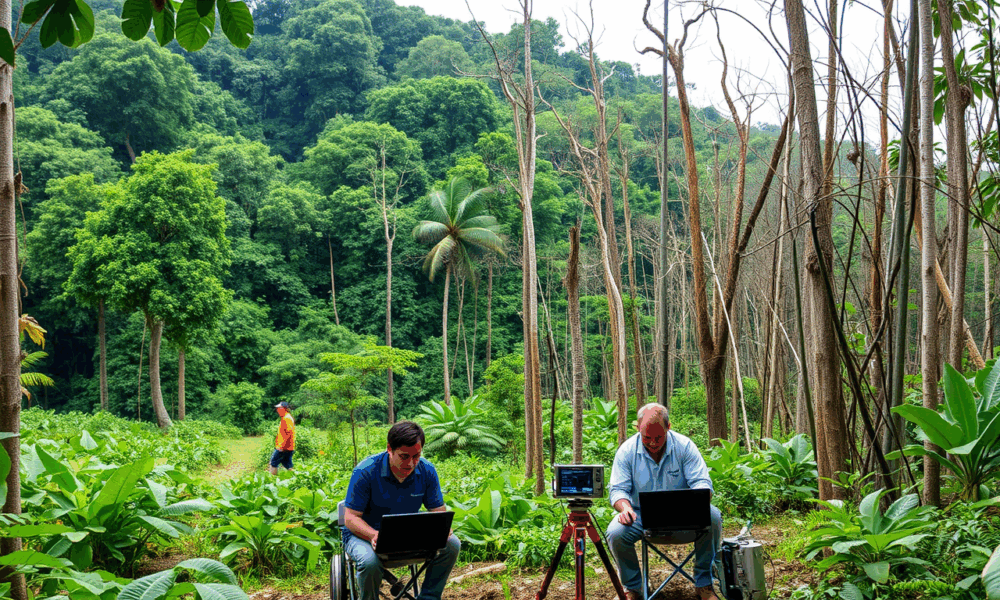
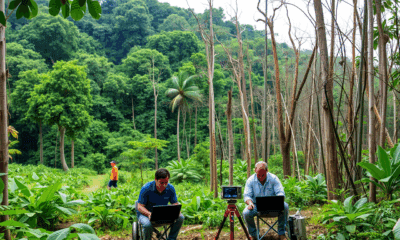

The Amazon rainforest may be able to survive long-term drought caused by climate change, but adjusting to a drier, warmer world would exact a heavy toll,...
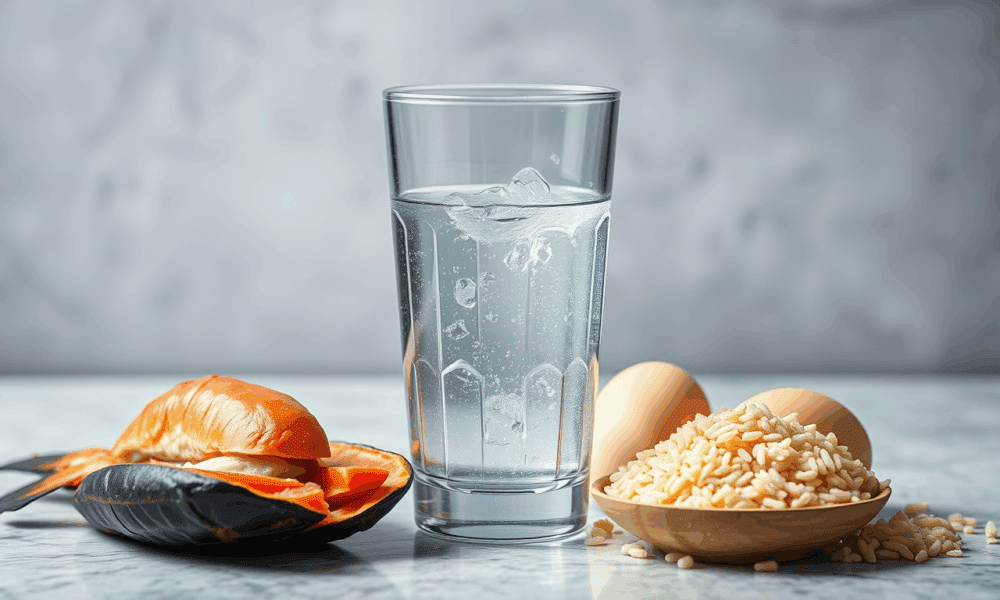
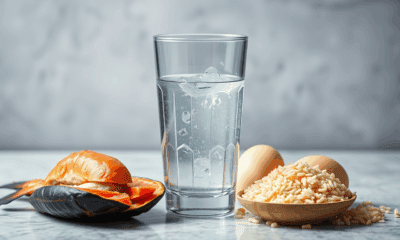

A new study examined associations between diet, drinking water, and 'legacy' PFAS -- chemicals that were phased out of production in the US in the 2000s...